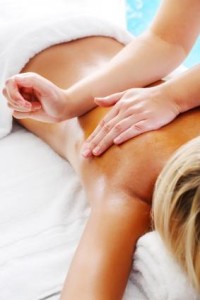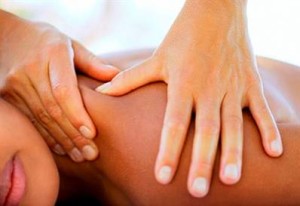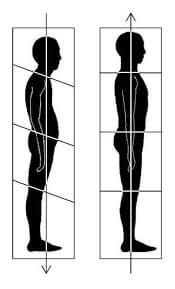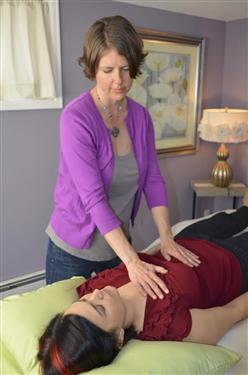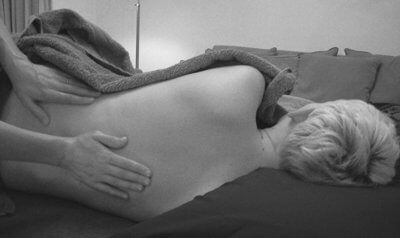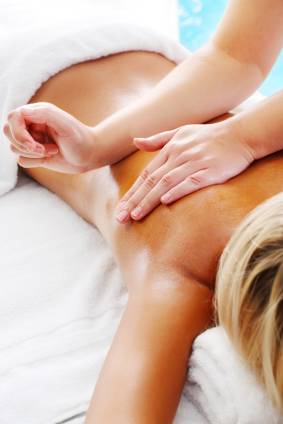The low level of near infrared light generated by a laser has been shown to stimulate and repair tissues.
Low level laser therapy (LLLT) is often applied to a wound or injury for short periods of time. When the light is applied at proper levels and amount of time, it can be quite effective for treating pain and inflammation, speeding healing, and even reversing some conditions. Often treatment last only a few minutes and is used multiple times.
You might ask, “How can light heal me?” Current research shows that the light. or phototherapy, stimulates certain processes in the cells that are touched by the laser. The mitochondria are the powerhouses of each cell. When the light stimulates the mitochondria, there will be an increase in respiration and more energy available to the cells.
LLLT has been widely tested in clinical trials and has been shown to be very effective for treating both acute and chronic conditions. The low level laser is effective for treating wounds, nerve issues, tendons, bones, and internal organs.
LLLT can be found in many clinical settings including physician and chiropractic offices, massage therapy centers, and acupuncture clinics. Cold lasers are being studied for their effectiveness in attacking viruses, reducing scars and burns, speeding wound healing, and much more. There are also laser devices designed to target and eliminate fat and others are used to treat and eliminate acne when an actual bacteria is responsible for the skin issue. Massage therapists incorporate this therapy into their practices to help eliminate inflammation and speed healing on multiple levels. Medical professionals and health practitioners are using these tools effectively in their practices.



